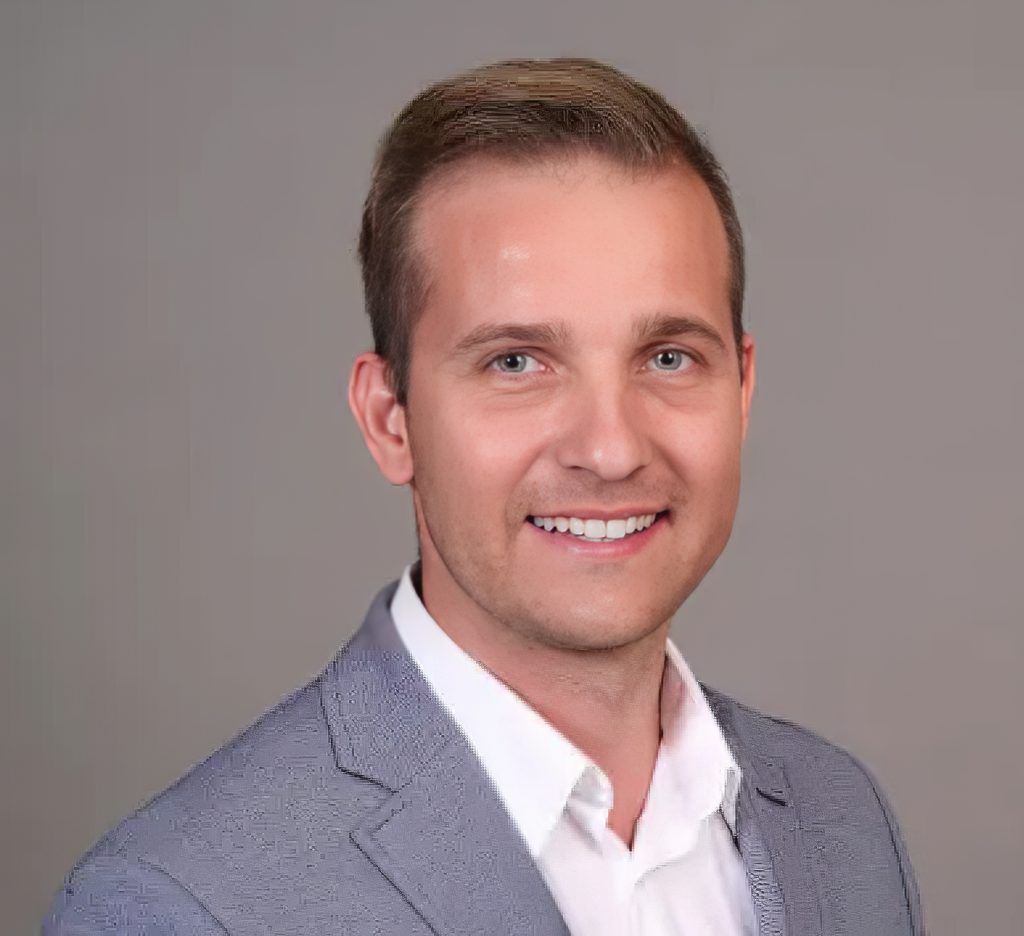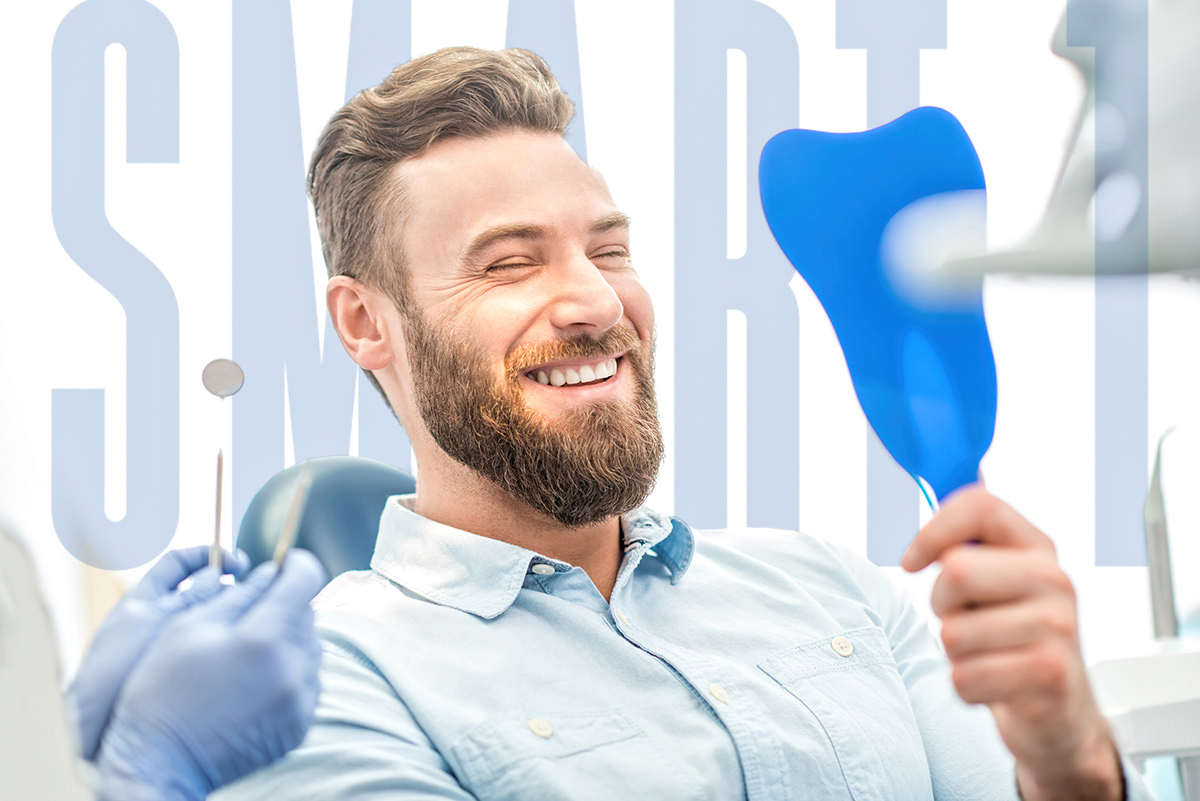Multidisciplinary treatment plans are designed to solve patients’ problems and expectations, thereby providing consistent long-term results. Dental labs play a major role in these types of cases, and the key to outstanding results lies not only in the technicians’ training, knowledge, and skill but also in the manufacturing processes and communication levels.
Restorative cases can be measured in part by patient satisfaction. In any case, the goal is to meet the patient’s needs. When there are limiting factors in a case, these need to be identified and correctly communicated to the patient. From a dental lab’s perspective, it is essential to support these cases and understand the directions provided by the clinician while providing feedback for any issues found.

Smiles By Design
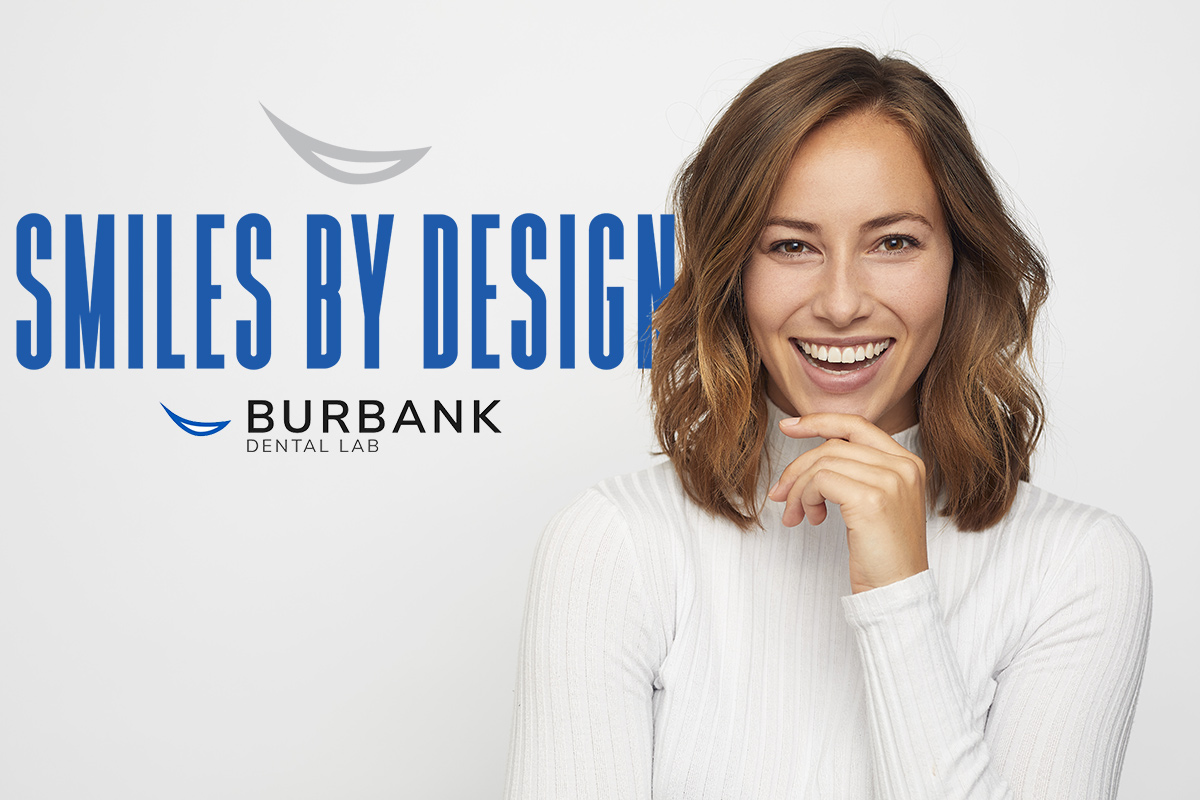
The Smiles By Design Team at Burbank Dental Lab is a key service to help support multidisciplinary, complex, and esthetically demanding cases. In addition, to live patient over-the-shoulder programs, LVI, Spear Institute, and more, the Smiles By Design team has accumulated hundreds of advanced training hours. This team of experts specializes in morphology, occlusion, and internal color characterization of teeth.
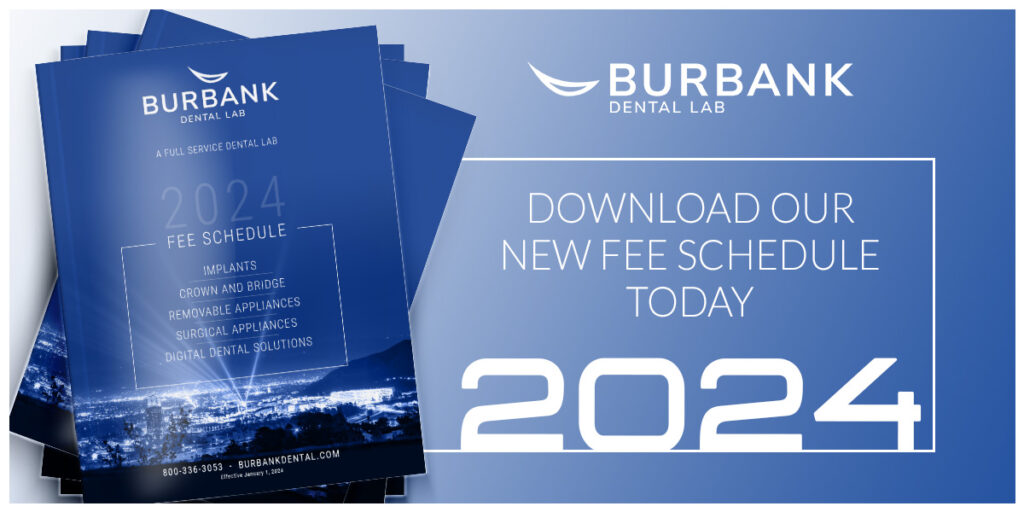
Case Study
Burbank Dental Lab received the following case from Dr. Sergey Zakharov of Family Dentistry at Riverside Crossing.
Previously, the patient had orthodontics and implants at #7 and #10. The patient’s teeth were uneven, and the color was not uniform. In general, the patient desired improved esthetics. It was essential in this case to improve the esthetics and overall functionality of the anterior teeth.
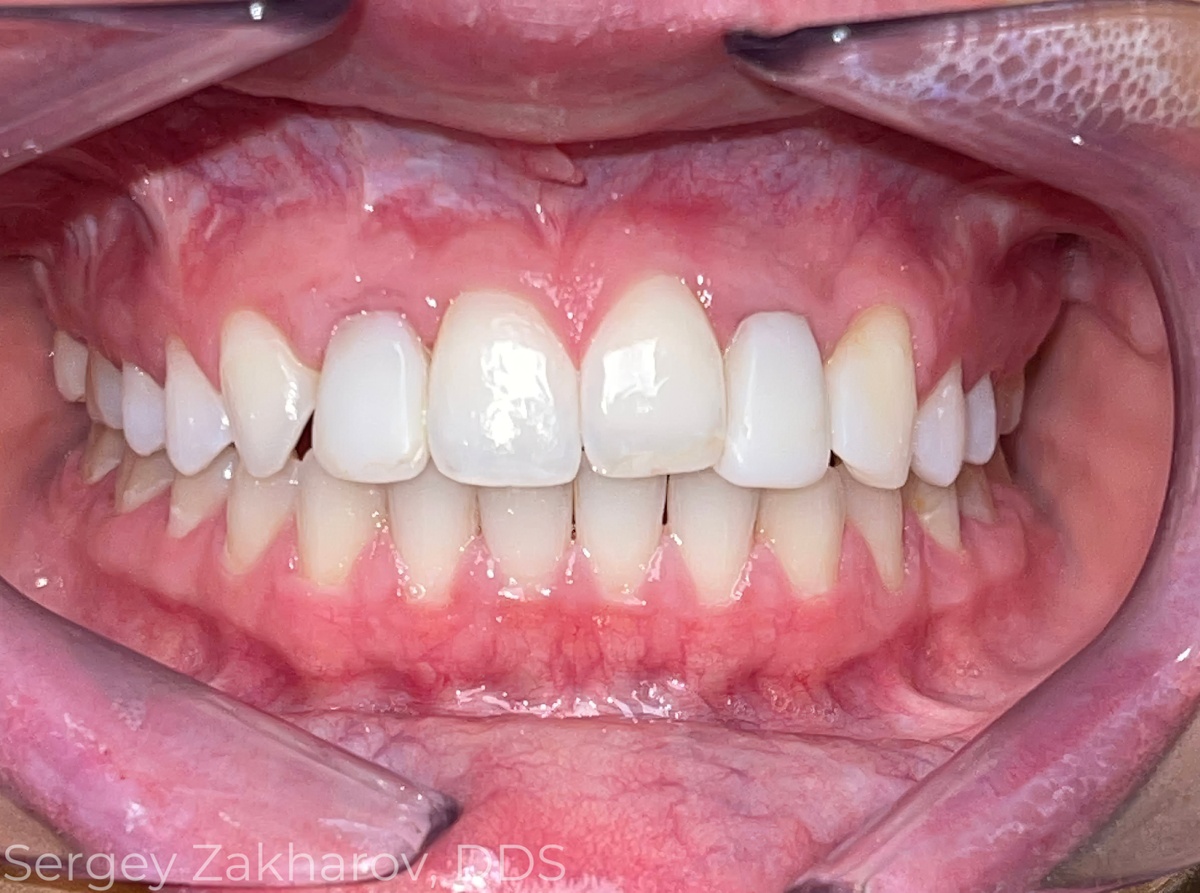
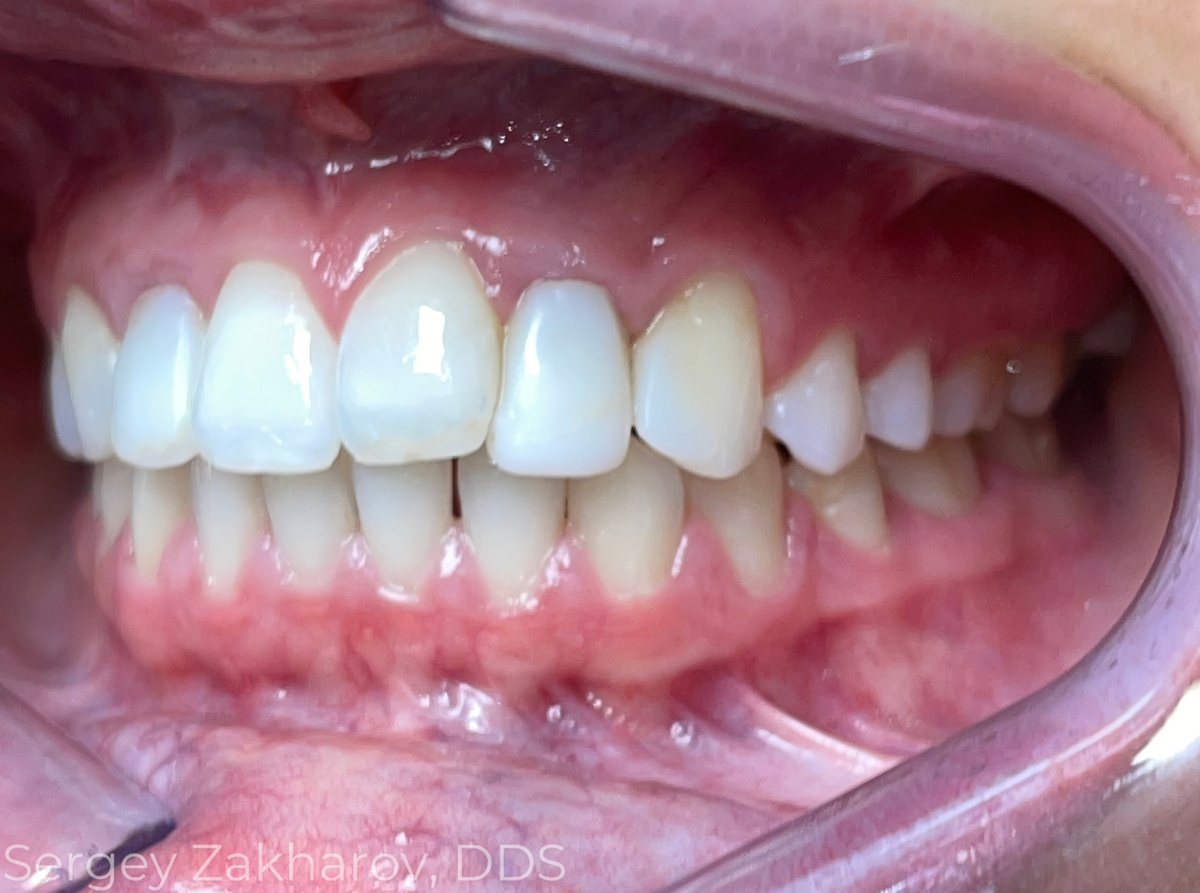
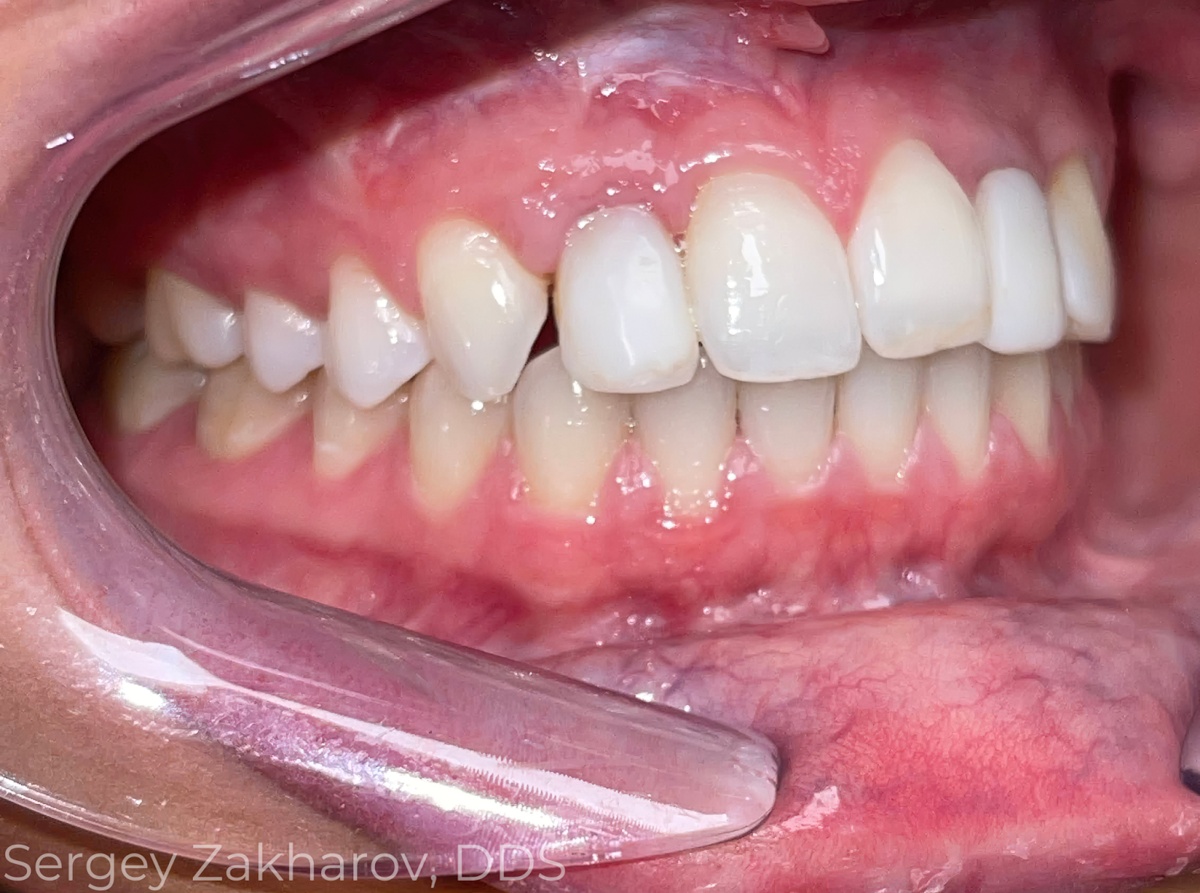

Wax-Up

As a first step, it is recommended that a wax-up be conducted. Once an initial plan has been established, a wax-up is always recommended before the final restoration. This allows technicians to create an accurate mockup of the case based on the initial plans and preferences of the patient. In addition, it gives the dental lab an opportunity to discover any potential limitations, but more importantly, it allows the patient the opportunity to try out the proposed treatment before it is fabricated.
The case was mounted on a Panadent Articulator, and a wax-up was done on teeth numbers 4,5,6,7,8,9,10,11,12,13.
A Sil-Tech was created from the wax-up for Dr. Sergey Zakharov to use for creating the provisionals. This process is key to ensuring patient satisfaction. The patient has the opportunity to try the proposed teeth, and the clinician can evaluate the functional aspects of the case. Any changes are communicated to the dental lab before the fabrication of the final restorations.
Upon approval from the patient, the case was digitally scanned and uploaded to Burbank Dental Lab to begin fabrication. As a result, the following steps were taken:
As a result, it was determined that E.max would provide the desired end results.
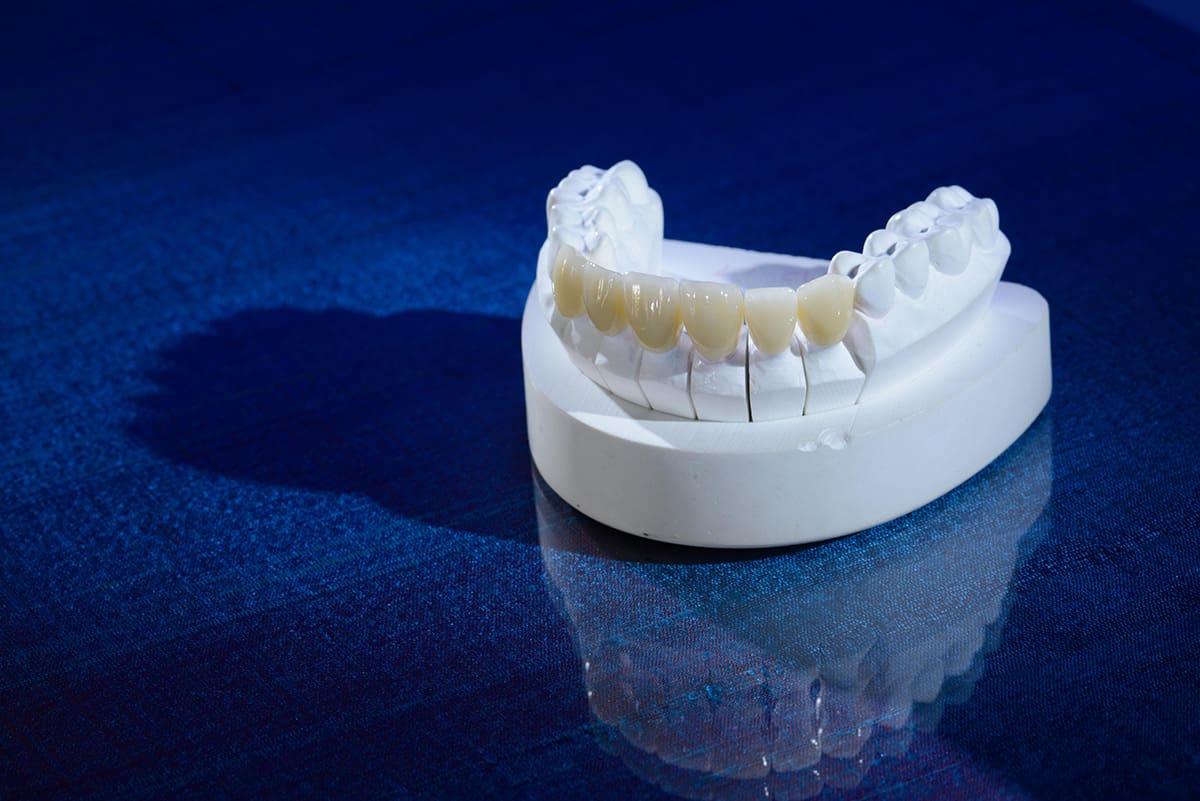
Case Fabrication

Afterward, a Smiles By Design technician began designing the case according to its specifications. The wax-up and temporary data were used to design to the proper contours and length necessary. Having achieved this, the case was ready to be pressed, and the appropriate ingot color was chosen.
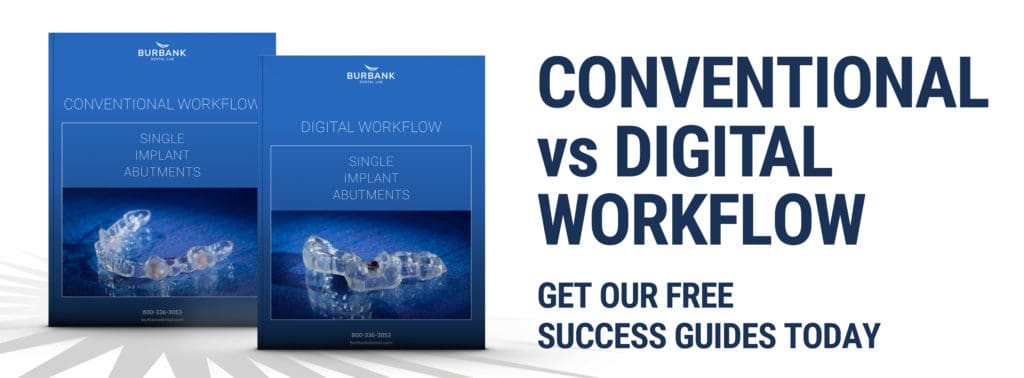
Shade Selection
For a proper selection of an E.max ingot, it is imperative to provide the following information when sending a case. In this way, you can ensure that the color expectations of the patient are met.
Specifically, you should provide the following:
Based on this information, the Smiles by Design team at Burbank Dental Lab will select the most natural-looking E.max ingot. Afterward, we were ready to press and finish the teeth in our case study. The case was completed with six (6) E.max veneers, two (2) E.max crowns, and two (2) screw-retained implant crowns on 7 and 10.
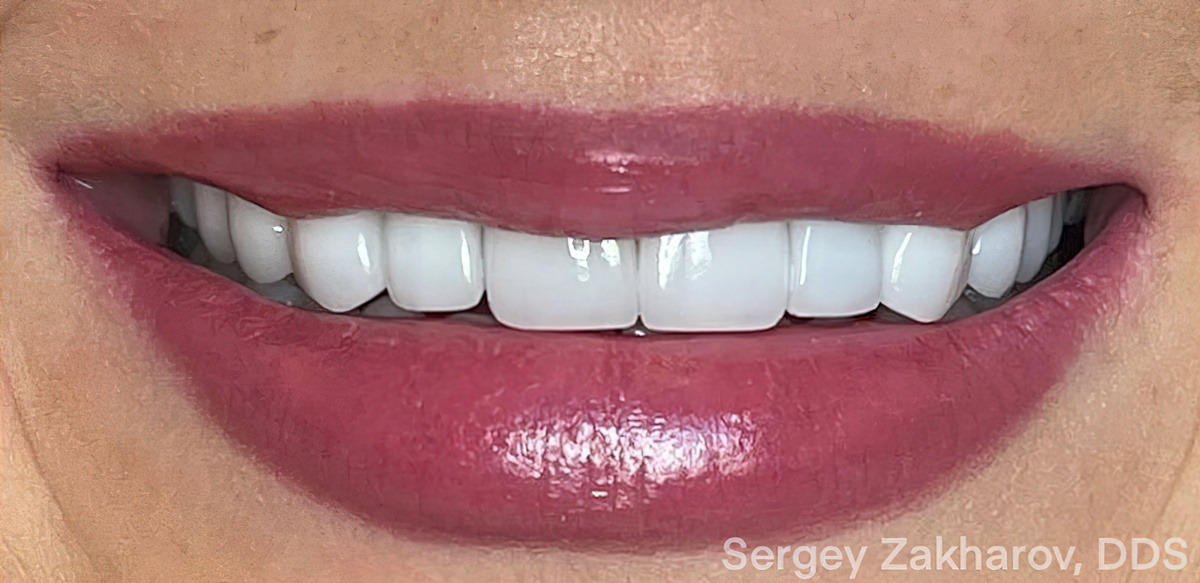
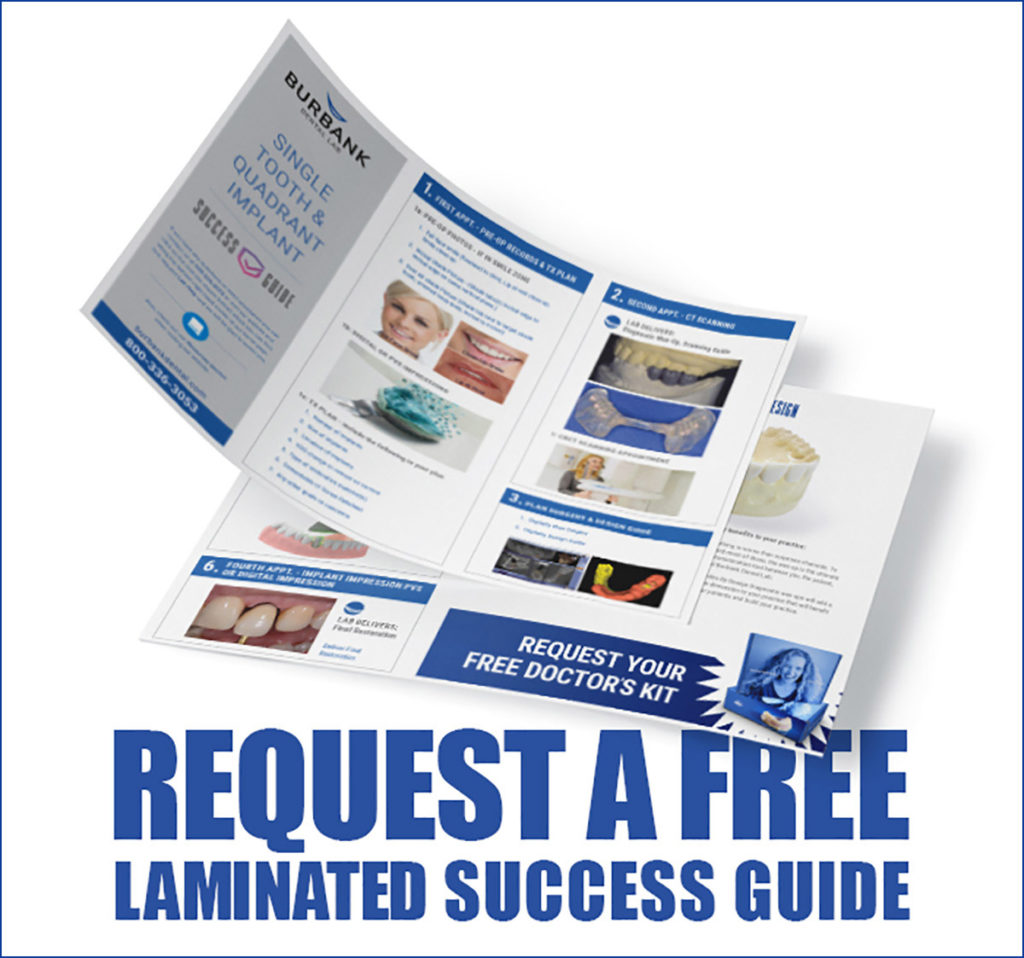
Benefits of E.max Restorations
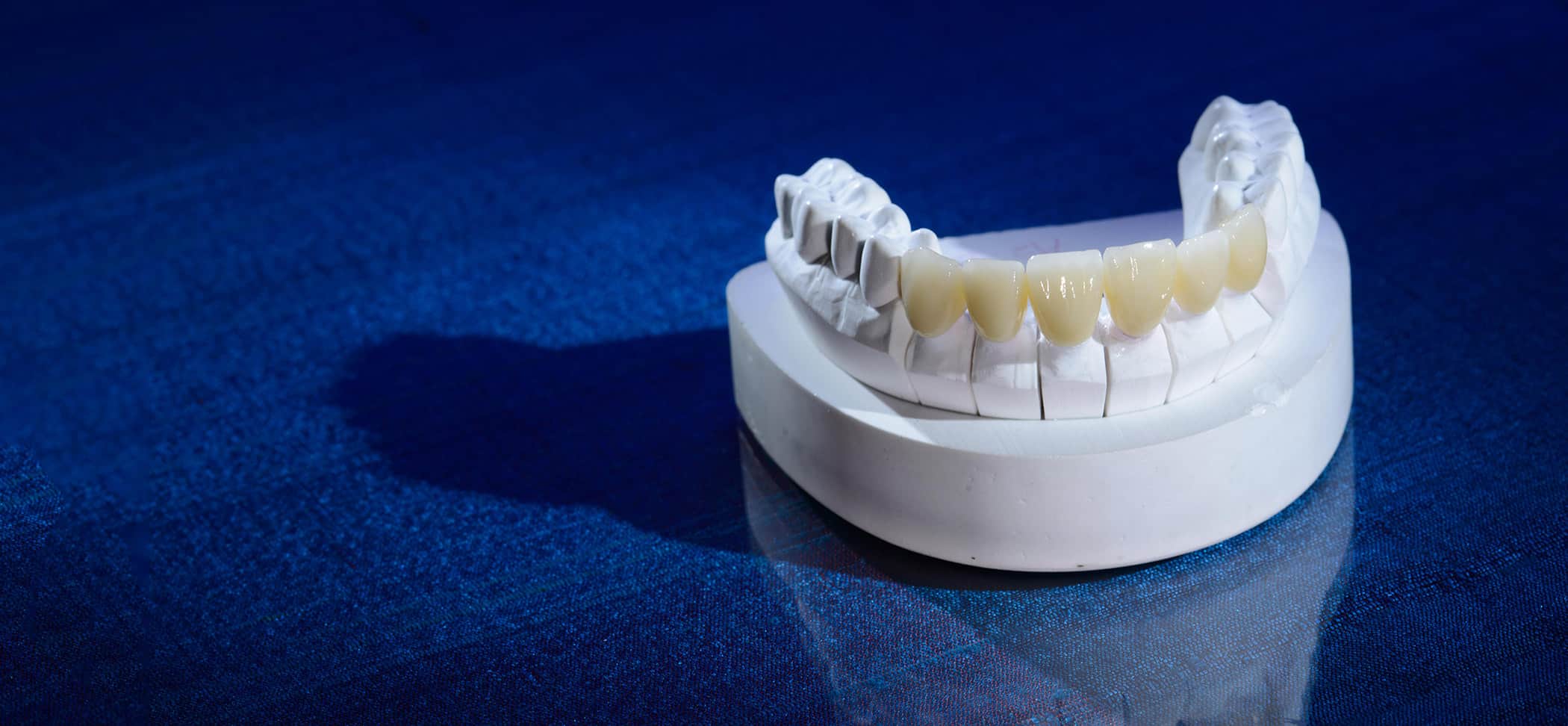
The ultimate success of a case can significantly be affected by material choice. As a result, strength and aesthetics are important factors to consider when selecting material. IPS E.max is an excellent material because it is both strong and aesthetically pleasing. It is a widely used and highly successful dental material and was the best restoration option in this case study.
A lithium disilicate ceramic, such as E.max, provides excellent esthetic results and precise fit. Furthermore, it has a flexural strength of 500MPa, making it a long-lasting restoration.
Additionally, E.max provides the following benefits:
Great cases follow well-documented steps. Planning is essential to achieve an end result that pleases both the patient and the clinician.
Successful cases follow proper preparation design, appropriate material selection, patient input, mockups, and knowledgeable insertion protocols. If you have any questions regarding your next case, please call or chat with a Smiles by Design team member at Burbank Dental Lab.
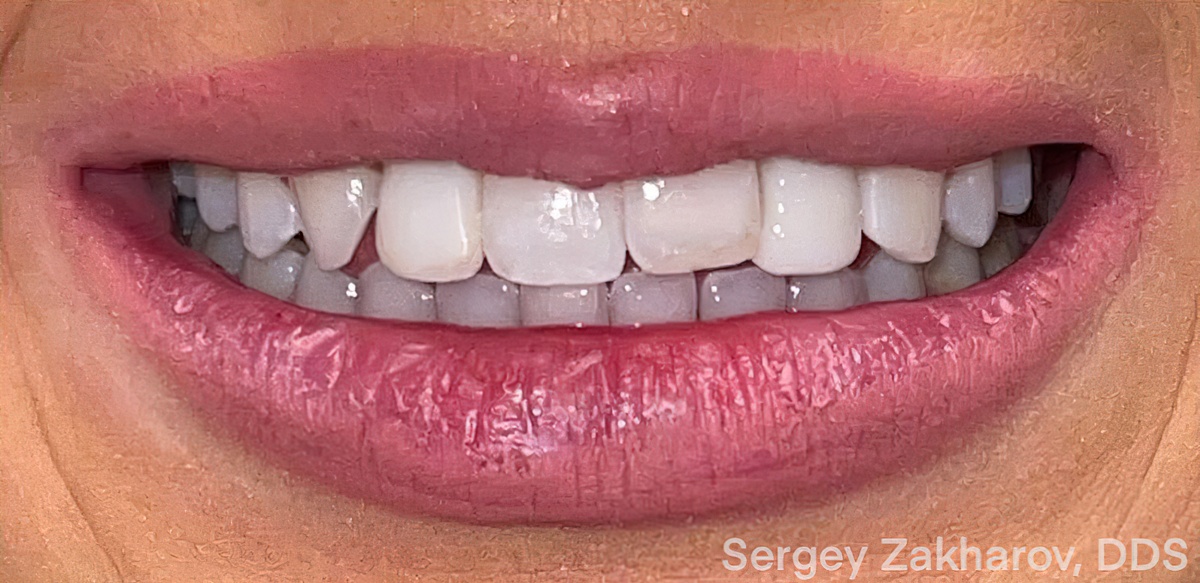
BEFORE

AFTER
Special Thanks
Burbank Dental Lab would like to thank Dr. Sergey Zakharov of Family Dentistry at Riverside Crossing for providing the photos and notes for this case and allowing us to use them in this article.
